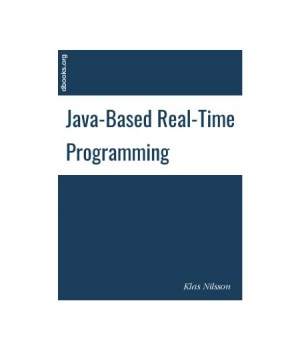- Регистрация
- 27 Авг 2018
- Сообщения
- 37,514
- Реакции
- 535,682
- Тема Автор Вы автор данного материала? |
- #1

Development of embedded software has for some years mainly been carried out by hardware-aware programming using the C-language, and in some cases even in assembly languages. This works well in simple cases when the application demands and the hardware are known at design time, and the size of the (statically defined) software is small. When applications increase in size and must be rapidly developed (time to market), and perhaps need to be on-line upgradeable, more programming support is needed. In particular, for critical applications (safety critical as in an airplane, mission critical as in space/military/nuclear tasks, economically critical if the survival of the company depends on the reliability of the computer system, etc.) special measures must be taken to limit the possible (faulty) influences of one software function on another part of the system. Therefore, we have to abandon programming in C or C++ for large/complex systems. Instead, we have to base the core development on a more scalable language (and run-time system) that prevents direct access to memory, for instance via pointers.
Java (and partly C#) is such a language. Still, programming in C is appropriate for device drivers, which do need to directly access the hardware. For similar reasons of scalability, Microsoft had to go from their Win32+MFC C/C++-oriented standard to the Microsoft.NET Framework with C# in order to stay competitive in the long run. Here, we will go some steps further, considering also small embedded systems and severe timing demands.
We will approach the real-time issues via established web-programming and concurrency techniques, which will reveal a few deficiencies of the standard Java platform. A real-time package (class library) and a few run-time extensions will be presented. The usage of these additions to create high performance real-time control software is then described in a real-time programming chapter which is central the topic of this book. The reader should then gain additional understanding and programming skill by studying the remaining chapters about scheduling, processes, and applications.
DOWNLOAD:



